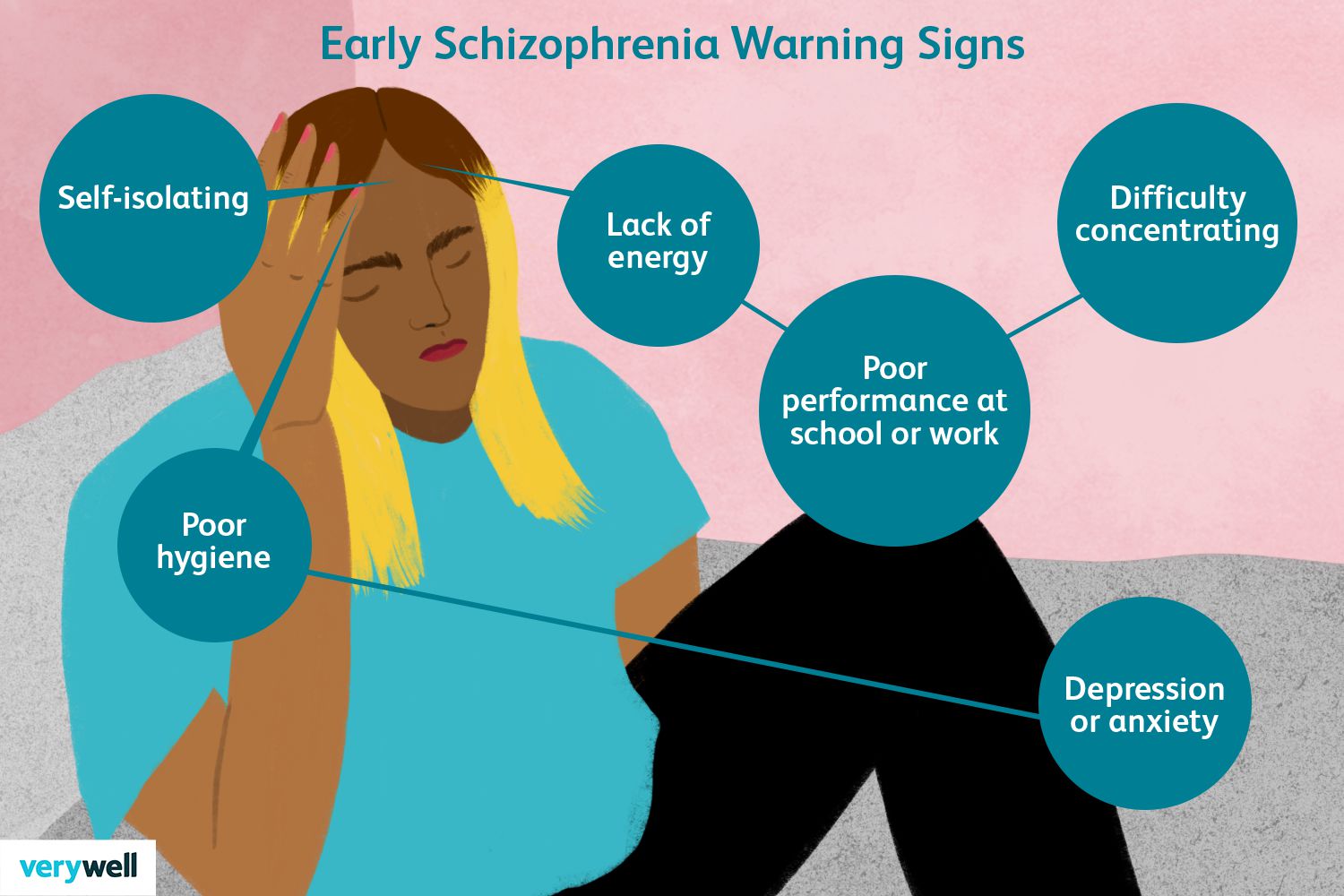Schizophrenia can occur at any age, but the average age of onset tends to be in the late teens to the early 20s for males and the late 20s to early 30s for females. It is uncommon for schizophrenia to be diagnosed in someone younger than 12 or older.
Research suggests that a combination of genetics, environmental factors, and brain chemistry contribute to the development of this mental disorder. With the right treatments, you can manage your symptoms and live well.

Typical Age of Onset
Schizophrenia is typically diagnosed between 16 and 30 years old or after the first episode of psychosis occurs. This doesn’t mean symptoms necessarily start at this time, though.
A person can experience prodromal schizophrenia symptoms for weeks or years before being diagnosed, because this first phase is so hard to distinguish from the normal ups and downs of puberty or other mental disorders like depression and anxiety.
There are a few theories about why schizophrenia tends to appear during late adolescence:
• Late adolescence is a critical period for brain development, making it particularly vulnerable to mental disorders.
• Underlying genetic variations or brain abnormalities may become more obvious during this developmental stage.
• Experimental or regular use of psychoactive drugs during teen years like regular cannabis use before adulthood is associated with schizophrenia, but more research is needed to establish this cause-and-effect relationship.
Early-Onset Schizophrenia
Early-onset schizophrenia (EOS) refers to schizophrenia that’s diagnosed before the age of 18, with a prevalence of 0.5%. EOS is different from schizophrenia which develops before the age of 13, otherwise known as child-onset schizophrenia (COS). COS is rare, affecting around one in 40,000 children.
Late-Onset Schizophrenia
Late-onset schizophrenia (LOS) is schizophrenia diagnosed after the age of 40. It typically develops during the menopausal years or between 44 and 49 years of age. Some research estimates that approximately 20% of people with schizophrenia have a late onset of the mental disorder, the majority of which are women (although it can also occur in men).
Unlike EOS or COS, symptoms of LOS could also be prodromes (early symptoms) of dementia or other conditions. Furthermore, they could have been occurring to some degree for years before the person reached out for help, meaning the onset of symptoms may be quite difficult to accurately determine.
Early Warning Signs
The prodromal phase of schizophrenia can be particularly difficult to identify because it lacks the positive (psychotic) symptoms characteristic of active schizophrenia. Positive symptoms include hallucinations and delusions.
In about 25% of patients, there will be no distinct prodromal phase. That’s not to say there aren’t early warning signs to watch out for; it’s just that they may be easily dismissed.
Children are more likely to experience auditory hallucinations than adults. Children don’t usually develop delusions or thought distortions until mid-adolescence, though.
Common early warning signs of schizophrenia include:
• Nervousness and restlessness
• Depression
• Anxiety
• Thinking or concentration difficulties
• Lack of self-confidence
• Lack of energy
• Significant drop in grades or job performance
• Social isolation or uneasiness around other people
• Lack of attention or care for personal hygiene
Early Treatment
Early treatment usually involves medication, psychotherapy, and life skills training. Sometimes early treatment may start with a hospital stay if symptoms become severe enough that they threaten the safety of the child or adult and anyone else.
Some studies on the time between first episodes and schizophrenia diagnosis demonstrate the average is a year in developed countries and twice as long in developing countries.
The Early Treatment and Intervention in Psychosis Study (TIPS) in Norway and Denmark included 281 people with primary psychotic disorders like schizophrenia. The researchers found that:
• Early detection was associated with a significantly shorter duration of untreated psychosis (five weeks compared to 16 weeks for the non-early intervention group).
• Individuals in the early detection group were less symptomatic and had greater overall functioning.
• At the three-month follow-up, individuals in the early detection group had fewer negative and general symptoms.
• At two years, the early detection group still had lower levels of negative, cognitive, and depressive symptoms despite treatments being the same for both groups the whole time.
Source: https://www.verywellhealth.com/schizophrenia-age-of-onset-5194845